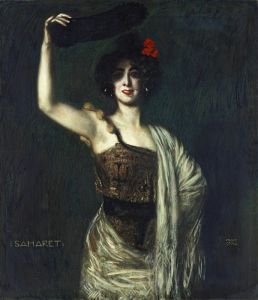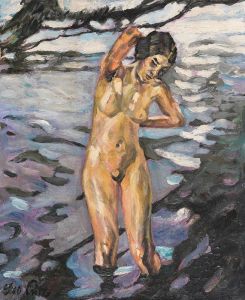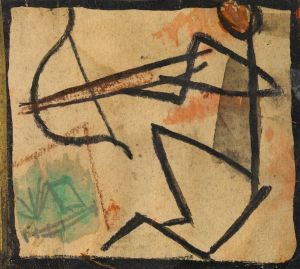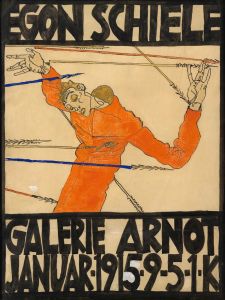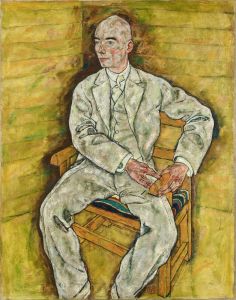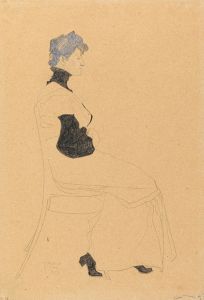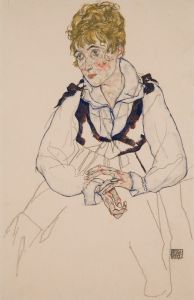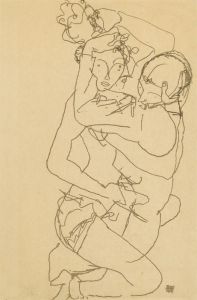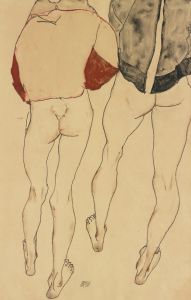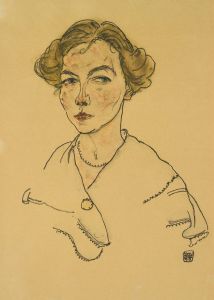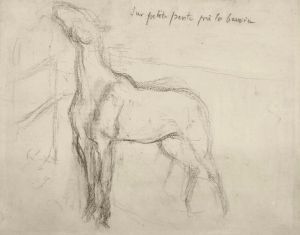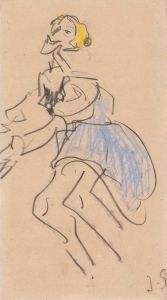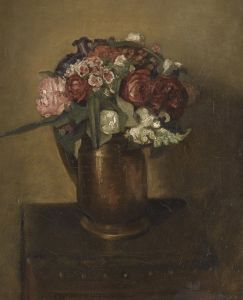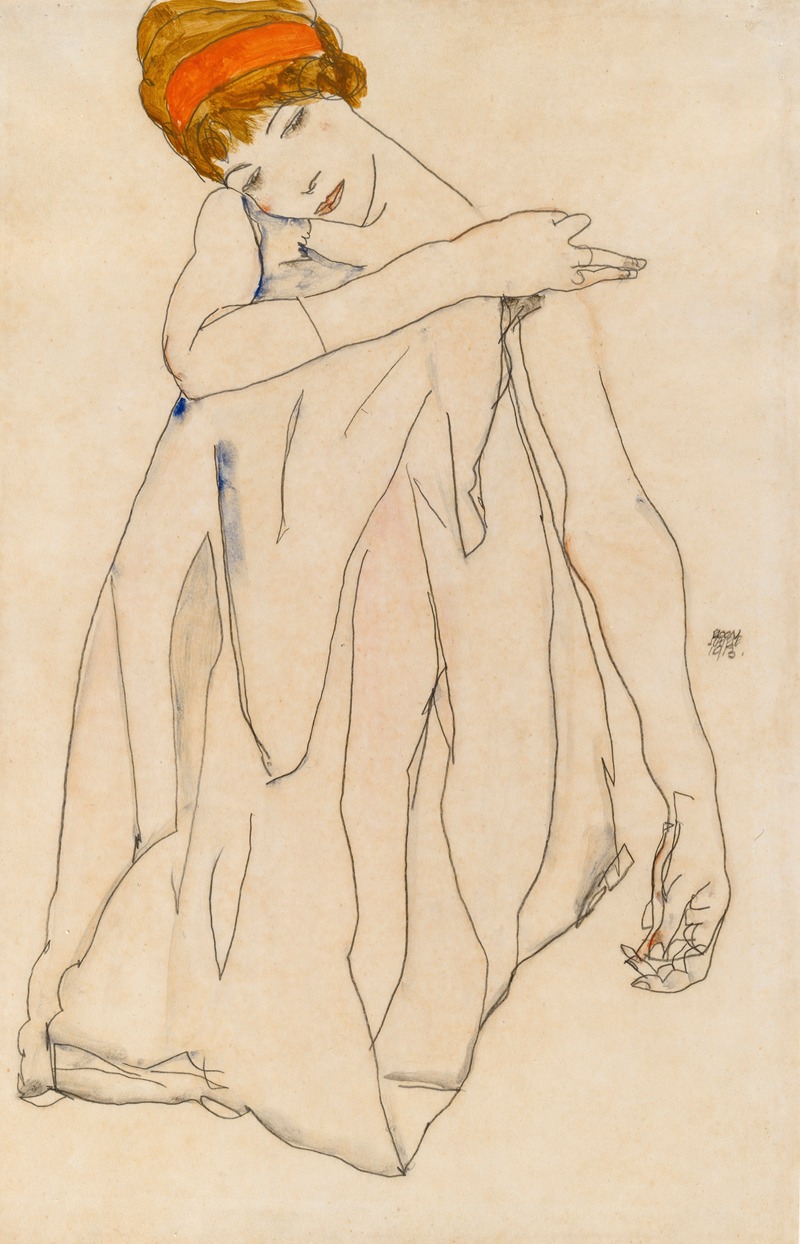
Dancer
A hand-painted replica of Egon Schiele’s masterpiece Dancer, meticulously crafted by professional artists to capture the true essence of the original. Each piece is created with museum-quality canvas and rare mineral pigments, carefully painted by experienced artists with delicate brushstrokes and rich, layered colors to perfectly recreate the texture of the original artwork. Unlike machine-printed reproductions, this hand-painted version brings the painting to life, infused with the artist’s emotions and skill in every stroke. Whether for personal collection or home decoration, it instantly elevates the artistic atmosphere of any space.
Egon Schiele, an Austrian painter known for his distinctive style and contribution to early 20th-century art, created the work titled "Dancer" in 1913. Schiele, a protégé of Gustav Klimt, was a key figure in the Expressionist movement, and his works are celebrated for their raw emotional intensity and innovative use of line and color.
"Dancer" exemplifies Schiele's characteristic approach to the human form, marked by elongated limbs, angular poses, and a sense of movement that captures the essence of dance. The painting reflects Schiele's fascination with the human body and his ability to convey complex emotions through his subjects. His work often explored themes of sexuality, existential angst, and the human condition, which are subtly present in "Dancer."
The painting is executed in gouache and pencil on paper, a medium Schiele frequently used to achieve a delicate balance between bold outlines and softer interior details. This technique allowed him to emphasize the contours of the dancer's body while maintaining a fluidity that suggests motion. The dancer's pose is dynamic, capturing a moment of grace and tension, which is a hallmark of Schiele's ability to depict movement and emotion simultaneously.
Schiele's use of color in "Dancer" is both restrained and expressive. The palette is limited, focusing on earthy tones that highlight the dancer's form against a minimal background. This choice draws the viewer's attention directly to the subject, allowing for an intimate engagement with the figure's expression and posture. The interplay of light and shadow further enhances the three-dimensionality of the figure, adding depth to the composition.
Egon Schiele's work, including "Dancer," was often met with controversy during his lifetime due to its provocative nature and exploration of taboo subjects. However, his innovative approach to form and expression has earned him a lasting place in art history. "Dancer" is a testament to Schiele's skill in capturing the essence of his subjects, offering a glimpse into the emotional and psychological depth that characterizes much of his oeuvre.
Today, Schiele's works are highly regarded and can be found in major museums and private collections worldwide. "Dancer" is appreciated not only for its artistic merit but also for its contribution to the understanding of early 20th-century art movements. Schiele's influence is evident in the works of later artists who sought to push the boundaries of traditional representation and explore the complexities of human emotion and identity.
In summary, "Dancer" by Egon Schiele is a significant work that encapsulates the artist's unique style and thematic concerns. Through its dynamic composition and expressive use of line and color, the painting continues to captivate audiences and affirm Schiele's legacy as a pioneering figure in modern art.






